Full Art Mode
Exit Full Art Mode by clicking on Page or ESCTouch screen to exit Full Art Mode
skip
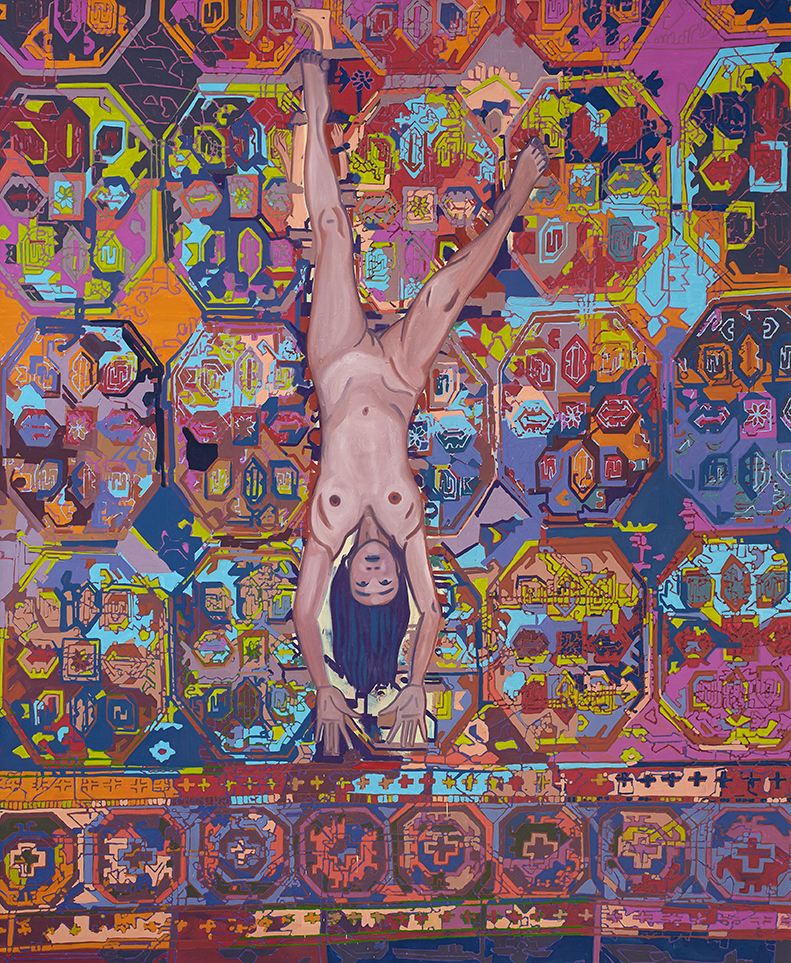
review
Hubert Schmalix
06.05.2015 - 12.07.2015
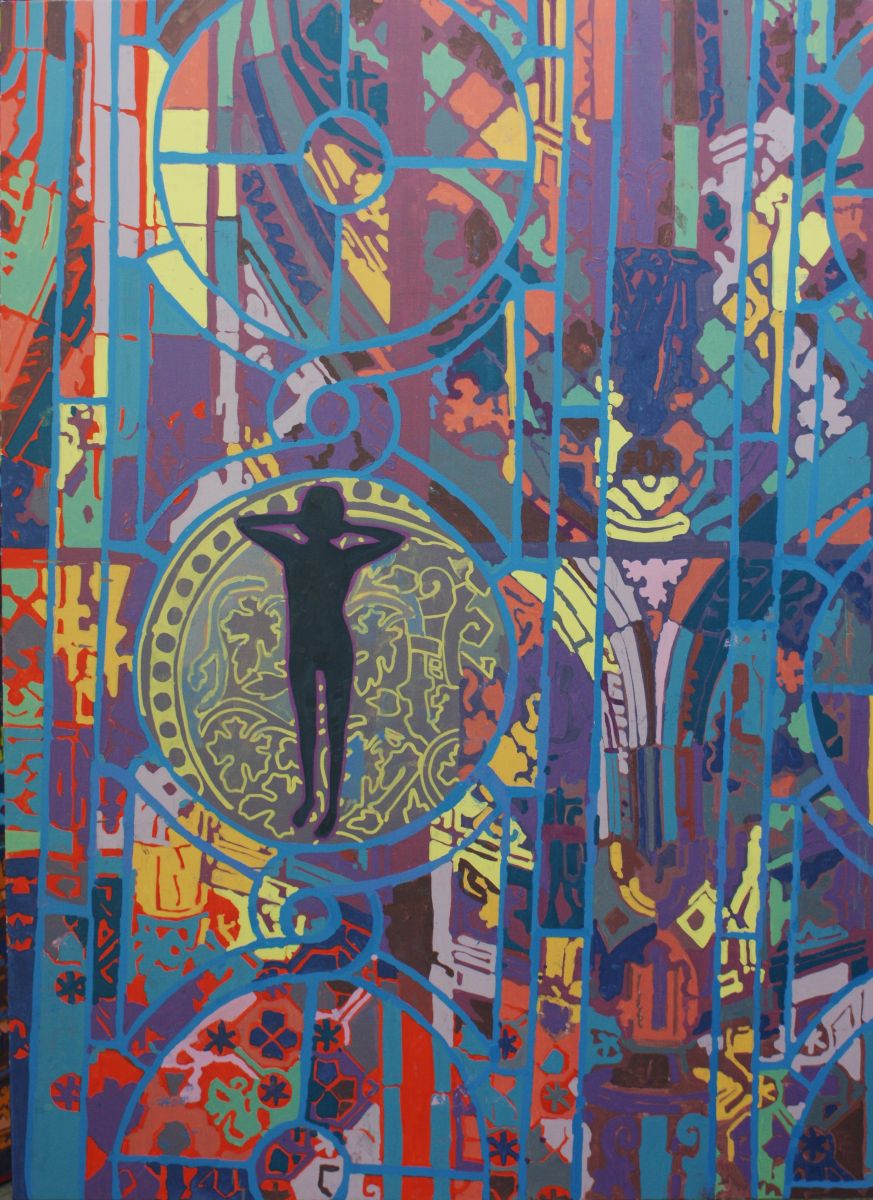
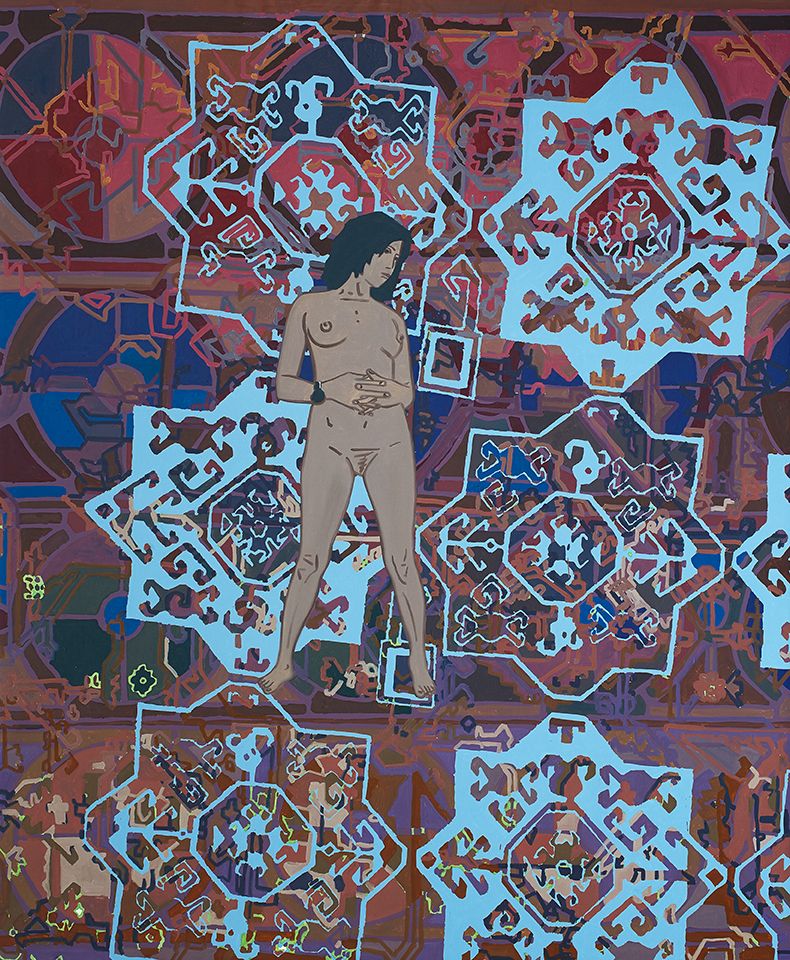
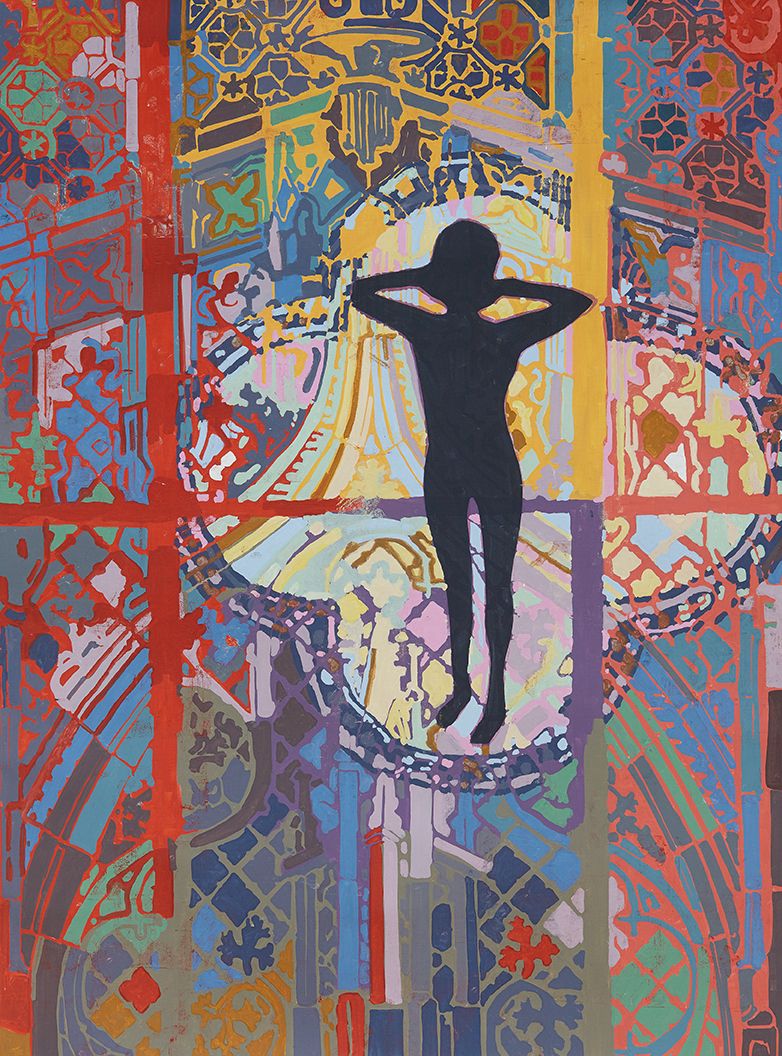
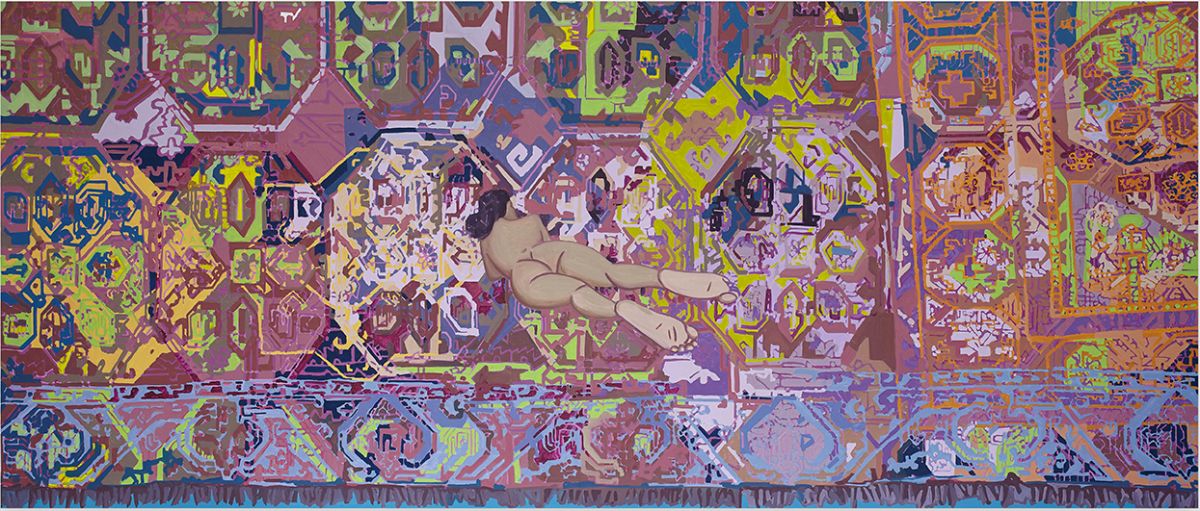
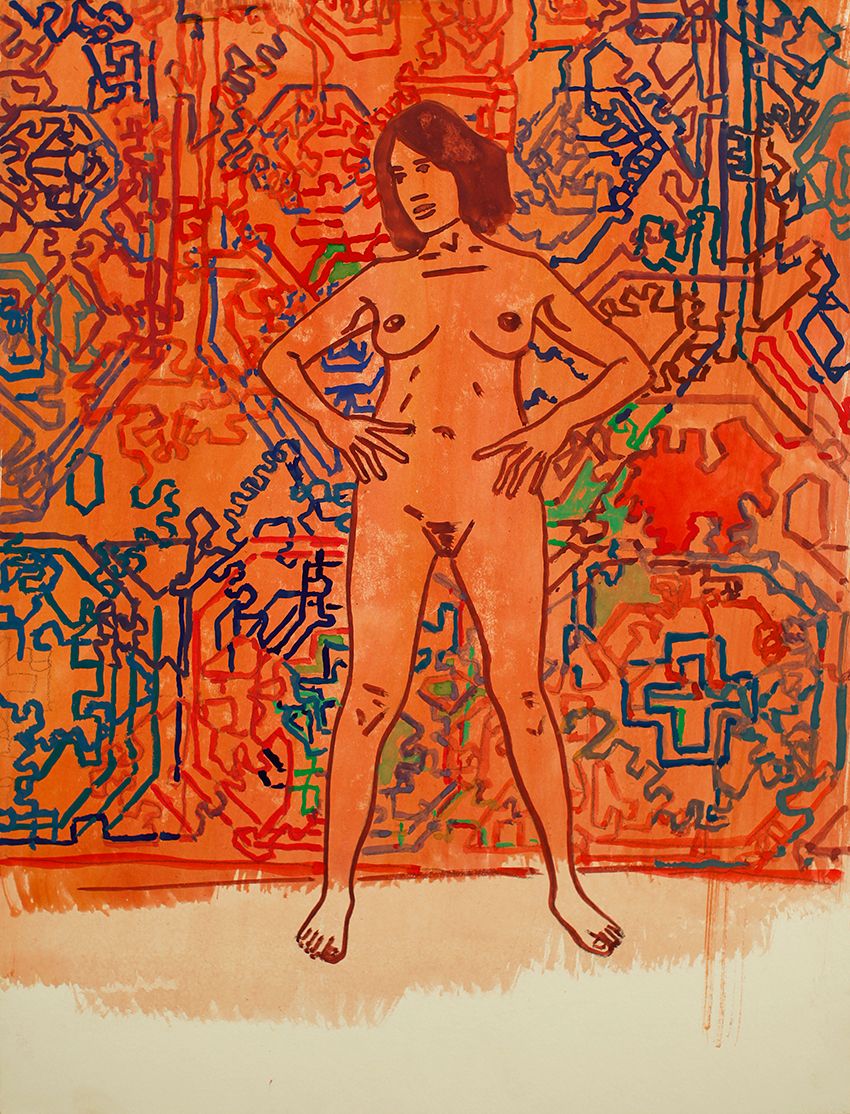
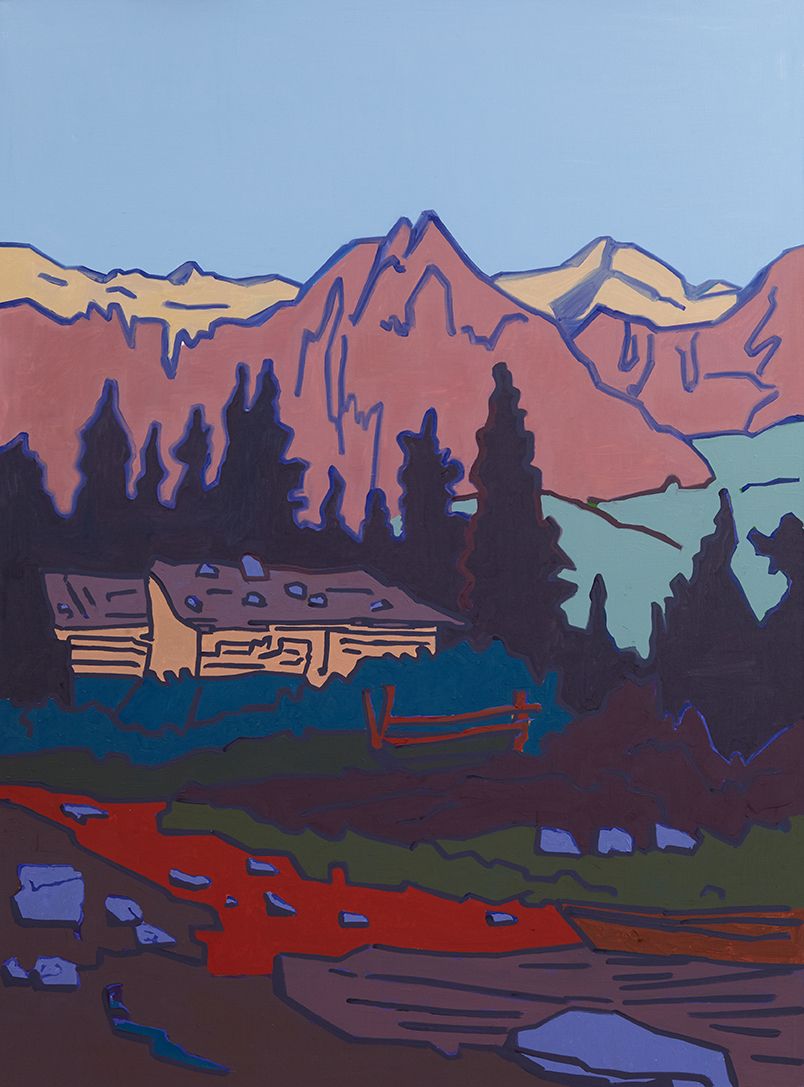
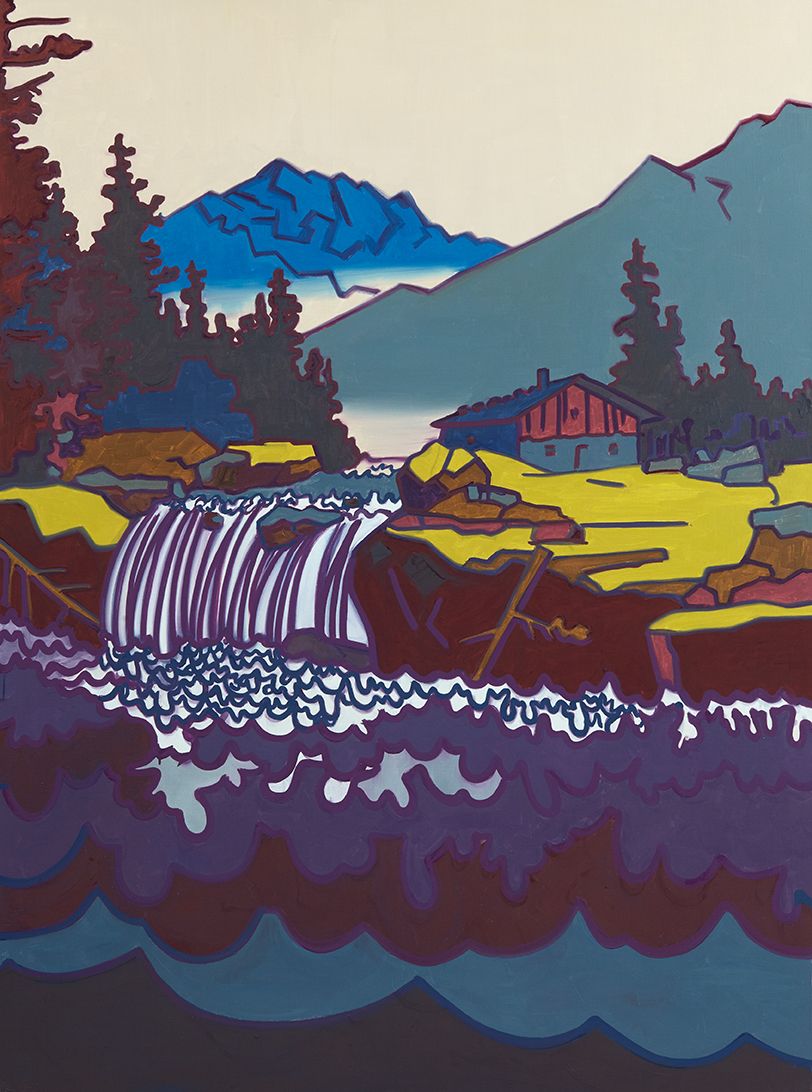
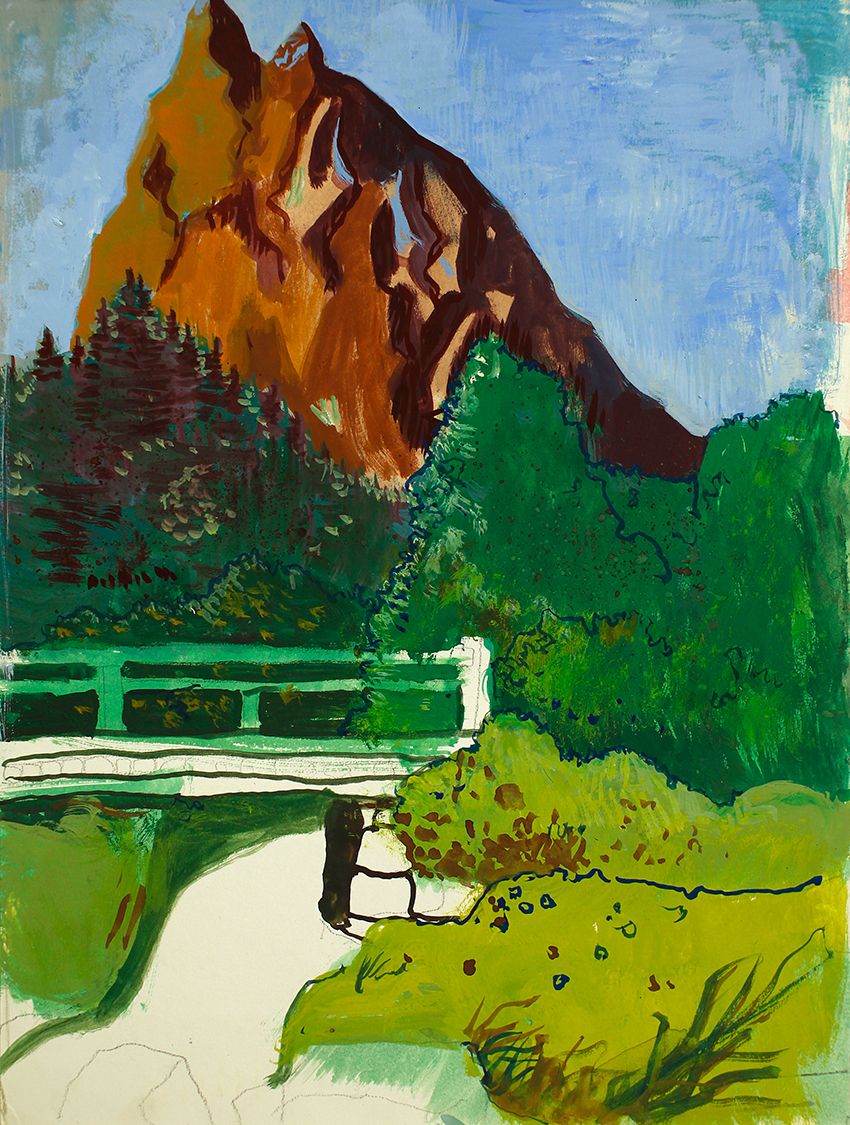
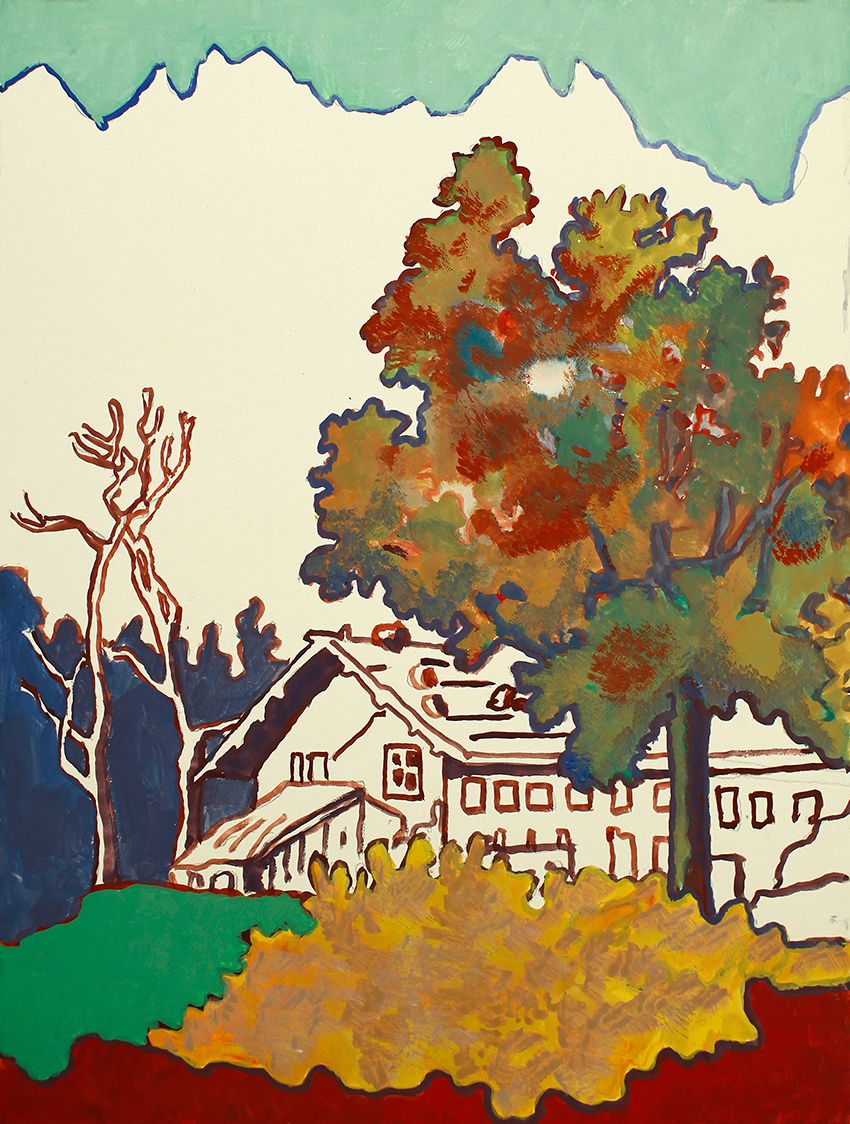
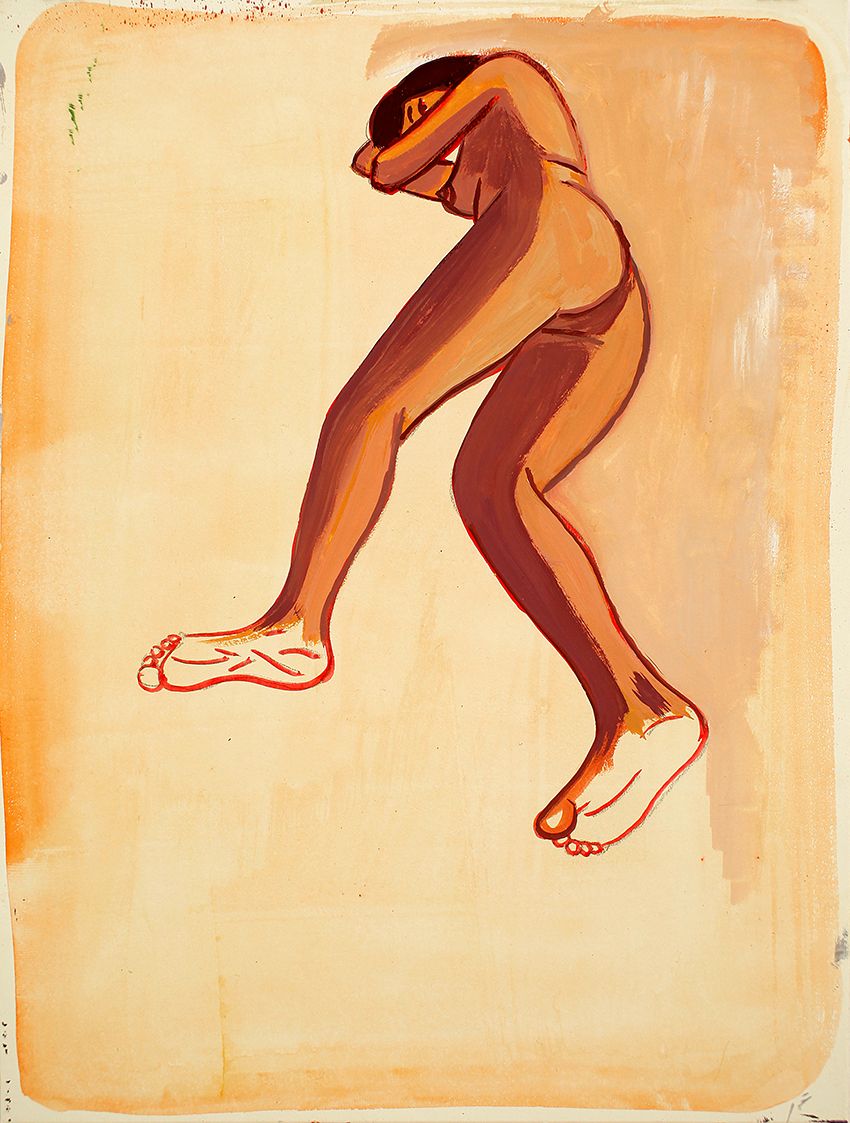
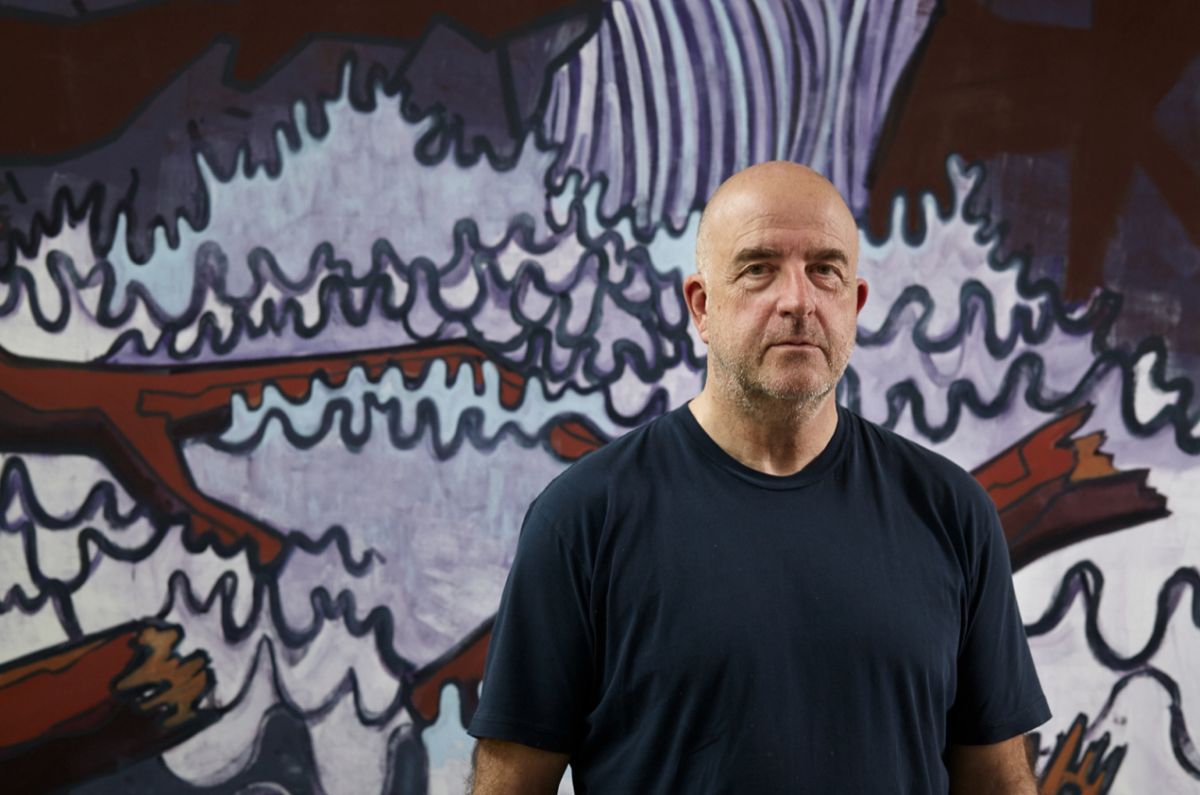
“I’m not nervous or angry when I paint, but well rested and concentrated. Each stroke of the brush is important! I’ve painted a whole lot of beautiful pictures this way.” (Hubert Schmalix)
In early summer 2015, the Bank Austria Kunstforum Wien is dedicating a major retrospective show to Hubert Schmalix (b. 1952 in Graz, lives and works in Vienna and Los Angeles). The exhibition focuses on his current paintings, but also includes selected earlier works.
Schmalix’s work of the early 1980s is aligned to the international movement of the Neue Wilden, or neo-expressionism; later his painting style becomes more concentrated in a constructivist vein. The artist sees the picture plane as an arrangement of colour fields between figuration and abstraction. Delicate figures become formal islands surrounded by spacious, monochrome zones. Schmalix’s farewell from the “Neue Wilde painting” opens up new options for him of developing his pictorial syntax, of concentrating his vocabulary and extemporising in constantly new “image-texts”. This goes hand in hand with a planar application of paint and a clearly thought-out compositional structure that is as adept in decorative potential as it is in subtle mannerisms, playing as much with the stimulus of a quasi mechanical style as it does with its subtle subversion. From the very start, the nude has taken on a central role in the painter’s world of images; erotic, often even lascivious and flirting with pornography. However, Schmalix subverts the dimension of sensual enticement by disarticulating it with his planar painting, relativising the illusionary seeming of the object. The subjects become painterly signs, templates, that permeate Schmalix’s pictures in series – separately or as a kind of module in a larger pictorial omnibus, paired with floral, ornamental or landscape elements.
Schmalix has painted two major new work series for the exhibition rooms of the Kunstforum. Firstly, delicate female nudes are interwoven with spacious carpet patterns – a painterly alternation scintillating between figurative corporeality and ornamental plane. The painter sees himself as a decorator in the sense of beautifully composed paintings. He works with form throughout, his motifs springing out of pure painting, released from narrative and content. Secondly, Schmalix is turning to the genre of the landscape. Idyllic places taken from Romantic-era paintings or “rustic” regions he has experienced himself provide inspiration stylised into pop-art-like imagery. The seemingly monotonous-mechanical style and the two-dimensional effect as in silk-screen printing create an artificial impression in the pictures. On the other hand, Schmalix’s gouaches on cardboard are characterised by a more open and thus painterly touch in classical-romantic style. Kitsch hovers dangerously close, when Schmalix inserts into his pictures “klappernde Mühlen am rauschenden Bach” (based on a folk song – “the clattering mills by the babbling brook”) or Heidi chalets with sun-drenched roseate Alps– but a kitsch that is always subverted through his fresh and cool manner.
curated by
Florian Steininger
review
Love in Times of Revolution
Artist couples of the Russian avant-garde
14/10/2015 - 31/01/2016
review
